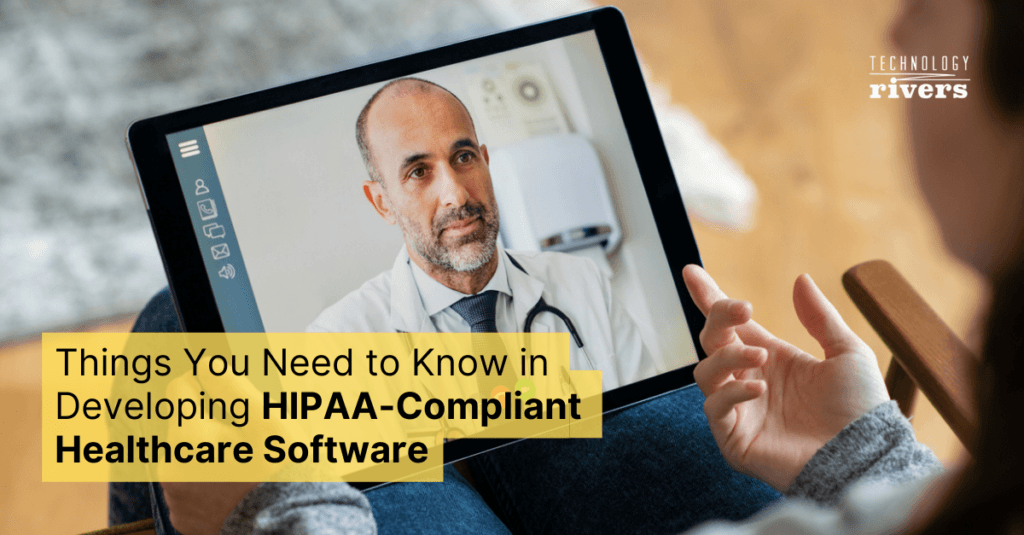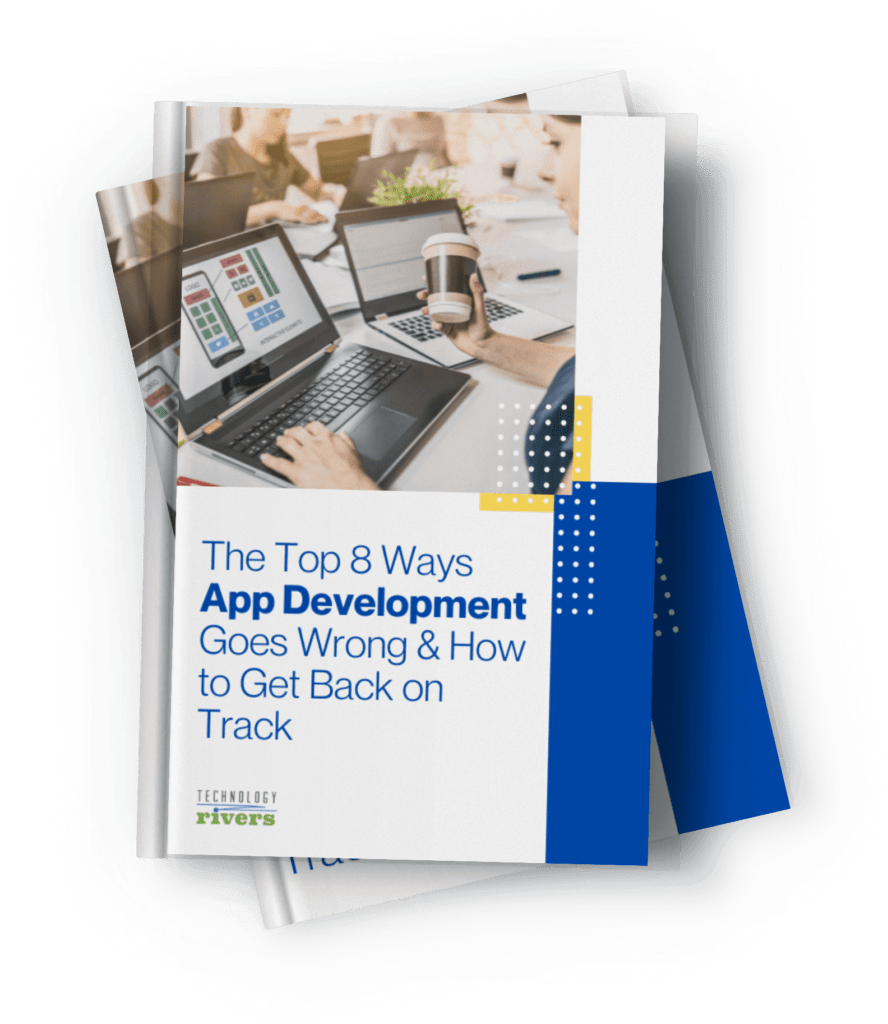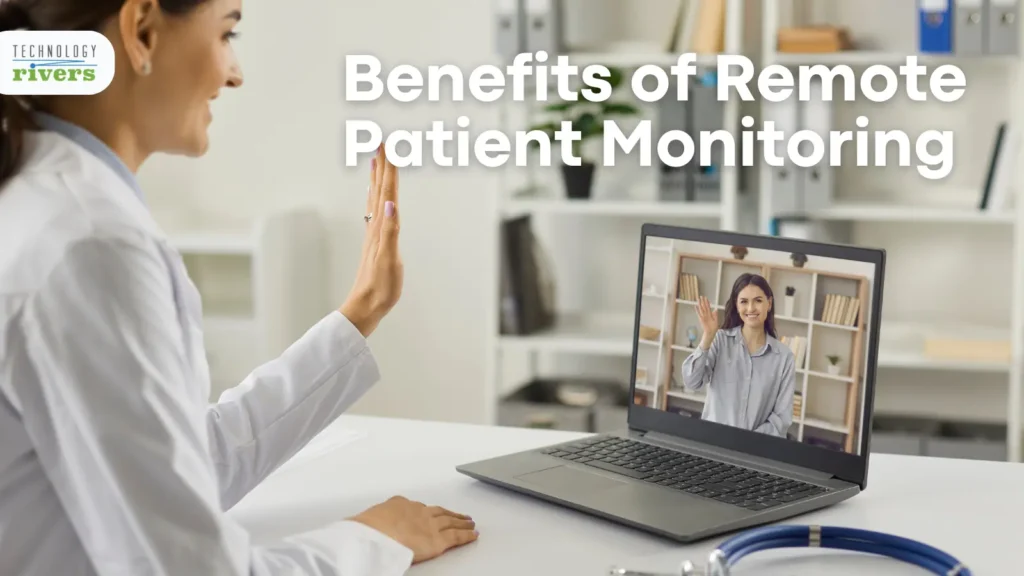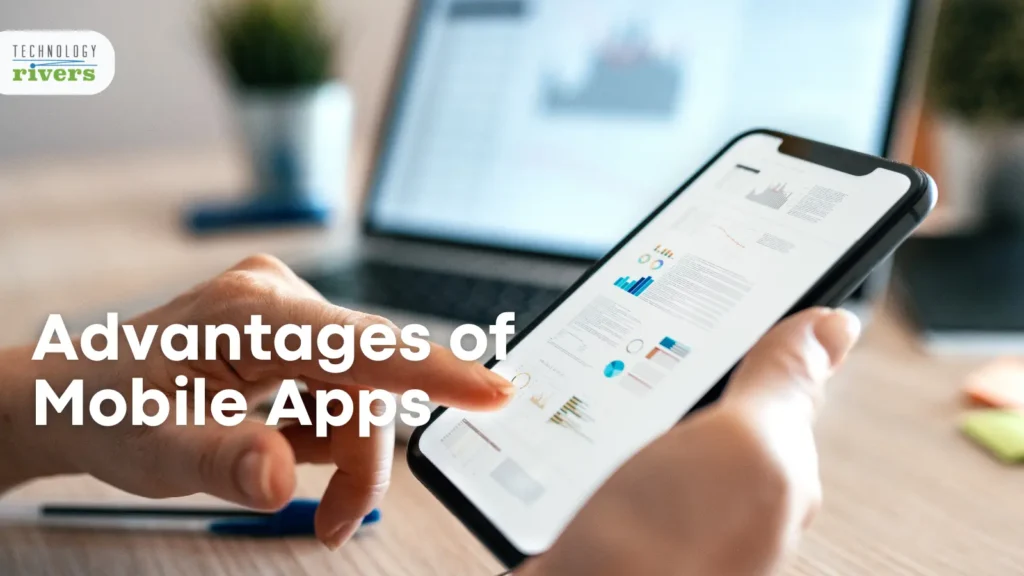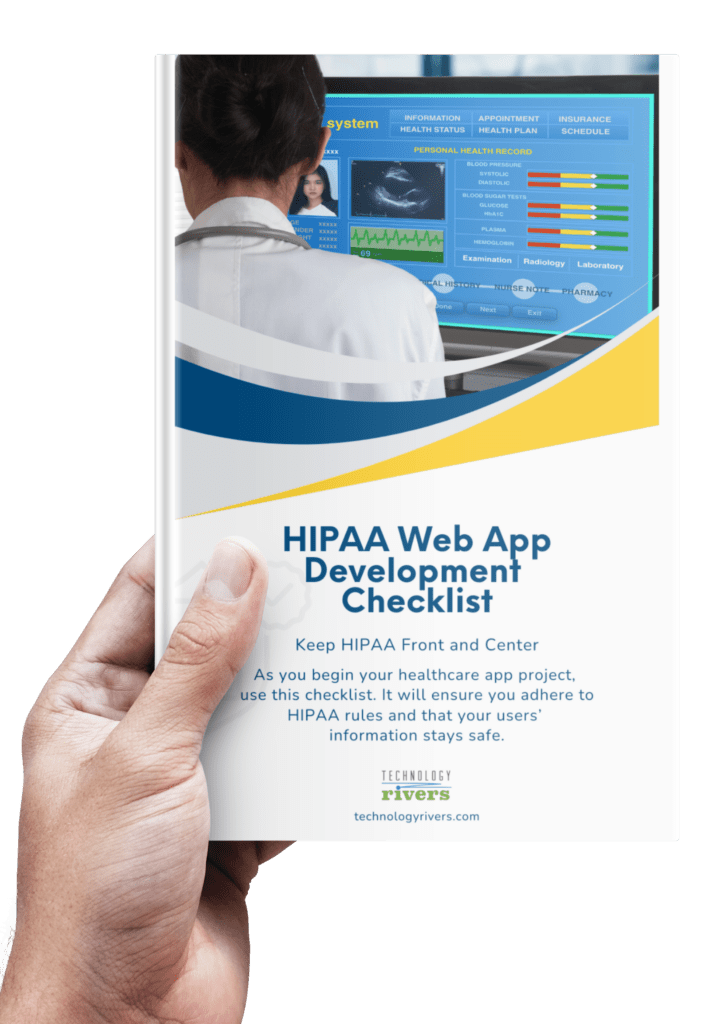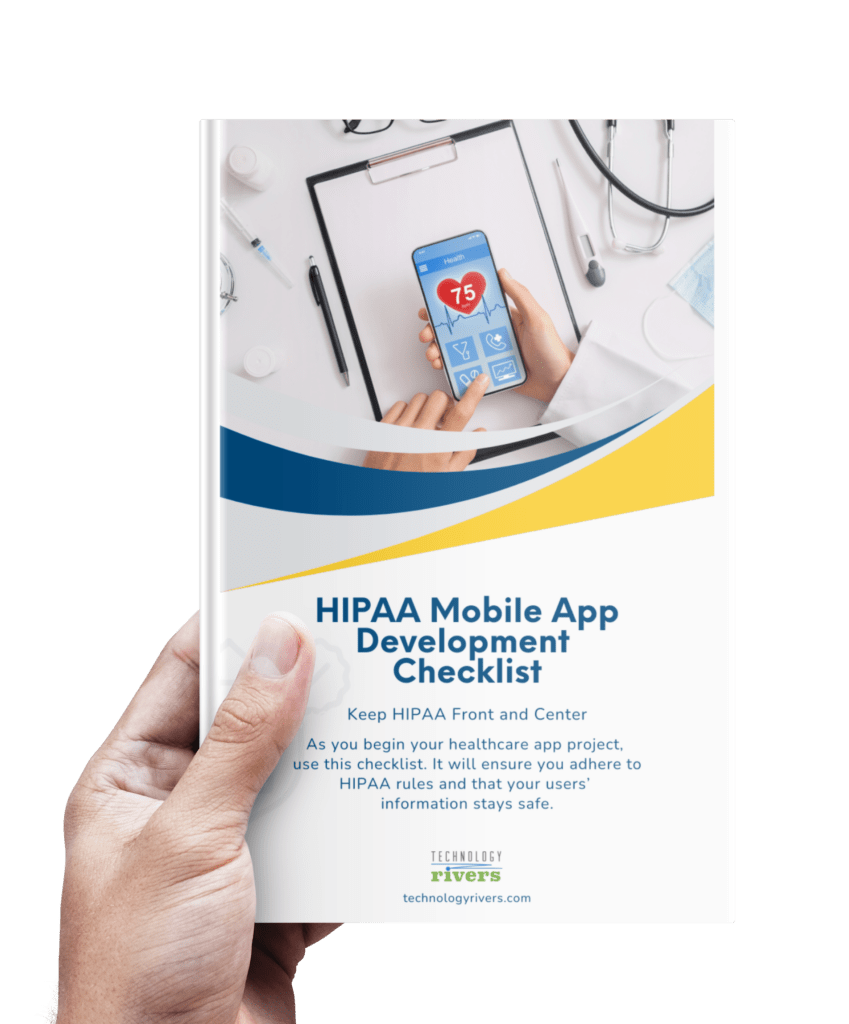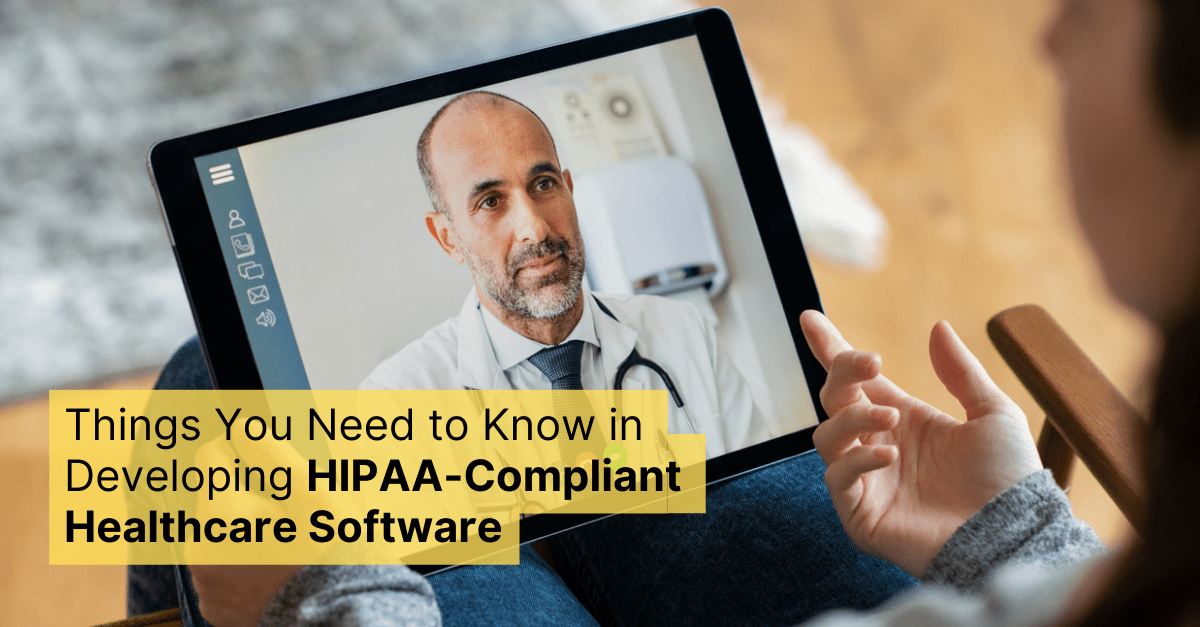
Blogs » Things You Need to Know in Developing HIPAA-Compliant Healthcare Software
Table of Contents
Despite massive technological and digital transformations in industries across the globe, healthcare is still finding its footing, especially for those venturing in developing HIPAA-compliant healthcare software. A mere 35% of its facilities have adopted the Electronic Medical Record Adoption Model (EMRAM) in the United States, for example, and the space continues to suffer from digital lag and transformation frictions.
Technology isn’t to blame, however. According to McKinsey, the largest barrier to transformation isn’t technology, cost, or implementation — it’s governance.
The overwhelming pressure to digitize is quickly bursting the dam, though, and the COVID-19 pandemic has only accelerated the need for safe, effective, and distanced healthcare solutions:
- Just 9% of patient interactions happened via telehealth before the outbreak.
- That number stands at 55% today.
- Post-COVID, experts expect at least a quarter of patients to interact with healthcare providers (HCPs) digitally.
- They also expect that $250 billion of U.S. healthcare spending will be virtualized by the end of 2020.
We’re not talking about just patient-facing apps, either. Digital apps and automation can prevent up to 95% of adverse drug reactions, reduce hospital redundancies, and help hospitals comply with broader governance policies without hyper-granular, ad-hoc strategies.
Creating a spectacular healthcare app that drives innovation and capitalizes on telehealth trends requires besting the heavyweight lion in the cage. You need to adhere to governance requirements, and that’s not always easy.
The Current Healthcare Software Space
Healthcare apps come in all shapes and sizes. From Cerner’s CareAware Connect — which provides mobile intelligence and workflow collaboration for HCPs — to MyChart Mobile — which allows patients to access past care history — apps are disrupting the healthcare experience in the best kind of way. Additionally, there’s a growing number of physicians looking at how they could provide remote services to their patients. To learn more, you may check this related article about remote patient monitoring and telehealth.
Indeed, the scale and variety of such software are staggering, and telehealth solutions, workflow automation, patient care assistance, digital records management software, and triage assistance platforms are all starting to mature in the market. Of course, all these healthcare solutions must comply with standards and law, and the regulatory landscape of healthcare is anything but small.
The Regulatory Landscape Surrounding Healthcare Software
Building best-in-class healthcare solutions require careful adherence to a seemingly never-ending wave of healthcare regulations. These include massive compliance laws like The Health Insurance Portability and Accountability Act (HIPAA).
- To put it simply, HIPAA compliance isn’t something you can accomplish after a cup of coffee and a “Become HIPAA Compliant” course.
- It is a broad, complex, and expansive standard that’s entrenched in virtually every layer of healthcare applications— and HIPAA regulations grow in complexity regularly.
- Some companies simply spend their time adhering to the HIPAA Security Rule (e.g., technical safeguards, physical safeguards, etc.).
- That’s great, but it’s only one fraction of HIPAA’s overall requirements.
- If you want to build robust, compliant software, you need to invest in specialists that deeply understand HIPAA requirements and protected health information.
Let’s cut to the chase: HIPAA violations aren’t cheap. The Department of Health and Human Services (HHS) can fine you up to $1.5 million per year for patient data breaches.
In addition, healthcare apps must comply with The Health Information Technology for Economic and Clinical Health Act (HITECH Act).
- Along with incentives to utilize electronic health records (EHR), HITECH contains various software, cybersecurity, and communication requirements (as well as breach notification rules) that must be met.
- Again, these rules get granular, so it’s best to work with professionals who understand the nuanced nature of HITECH.
But that’s just the beginning. All of the following currently have (or are being repurposed to contain) guidelines surrounding protected health information, data security, and data privacy.
- The Patient Protection and Affordable Care Act (ACA)
- The Medicare Access and CHIP Reauthorization Act of 2015 (MACRA)
- The Food and Drug Administration Safety and Innovation Act (FDASIA)
- The 21st Century Cures Act
So, how do you possibly create compliant healthcare software in this sea of regulation?
Designing HIPAA-Compliant Healthcare Software
Healthcare providers should pay attention to a few core features when designing health-centric applications and should future-proof these solutions by using regulatory-agnostic frameworks. Going above-and-beyond current requirements means you can become immediately compliant across regulations while positioning your app to stand strong against future changes.
There are three primary components of compliant healthcare software.
Data Privacy
In today’s digital ecosystem, data privacy is the single most critical component of building a successful application. Here are a few notable stats:
- 48% of consumers have switched companies due to data sharing policies.
- 81% of Americans believe the cons of data collection outweigh the pros.
- 107 countries have developed 113+ omnibus bills relating to data privacy.
In short, data privacy is the glue that builds patient trust.
When it comes to app design, your goal is to be clear, consistent, and restricted by:
- Collecting as little data as necessary
- Being transparent with data collection routines
- Performing regular risk analysis and risk management
- Leveraging existing regulatory guidelines to fuel data collection methodologies
- Having plans in place to mitigate data privacy frictions
Data Security
Data loss and security issues will cost the healthcare industry $6 trillion in damages over the next three years, so it’s not too surprising that 82% of healthcare organizations put data security at the top of their list of concerns. When it comes to data security and electronic-protected health information (ePHI), don’t just follow guidelines.
- Go above and beyond, because it takes exactly one data breach to bring your healthcare system to its knees.
- HIPAA and HITECH have very clear and precise rules for your post-breach reaction.
- HIPAA recently released the omnibus rule that requires you to do post-breach risk assessments.
- HIPAA’s security rules exist to help circumvent security woes.
Your app should be built on a foundation of security that goes beyond basics like access controls to prevent unauthorized access, handling covered entities, instituting audit controls, and leveraging administrative safeguards.
User Experience and User Interface
While UX/UI may seem unrelated to compliance, it ties directly into how users access, utilize and digest your application, as well as how it may impact compliance. The user interface for the HIPAA software application should be limited to absolute necessity, as it may complicate the audit logging and compliance when it comes to Javascript-based UI that may use a local browser cache.

A well-built UI with a best-of-breed user experience can:
- Guide users to the right locations
- Minimize data share
- Maximize outcomes
- Prevent unnecessary data leakage
For example, you don’t want poor navigation to cause users to accidentally enter private information in an open-notes field. On the backend, you may be storing sensitive data from that field in the cloud file storage such as S3 which doesn’t have the same policies and controls as your legacy servers—controlling data flow ties into how you guide users through your apps.
In addition to the above statements, there are many other additional HIPAA software compliance-related considerations, that we may publish in more detail at some other time. Some of these include but are not limited to
- Data Storage on the cloud or on-premise servers
- Data caching and storage on web browsers and mobile devices.
- Data in transition when exchanged between server and application front end
- Audit Logging
As part of our healthcare application development work, we have created numerous HIPAA compliant software applications that include cloud-based applications, on-premise applications, web applications, and mobile apps connected to private and public cloud backend. We understand that technology is the bridge between your healthcare facility and the future. The way patients access to care is changing, and digital transformation isn’t the differentiator it was five years ago. Now, it’s a competitive necessity. We use a regulatory-agonistic approach to designing and developing industry-leading, HIPAA-compliant software that goes above-and-beyond current compliance requirements without sacrificing value or function.
Here are some other related topics that you might also be interested in.
- How Can Remote Patient Monitoring Benefit Your Patients and Your Bottom Line?
- Developing a HIPAA Compliant App in 2020: How Much Does it Cost?
- Healthtech Entrepreneur, Gorkem Sevinc, Talks about HIPAA Software Development Experiences
What are your experiences in the HIPAA software? Are you working on, considering developing a new software that needs to have HIPAA compliance? Talk to us, and we can brainstorm.
Join the conversation here.


